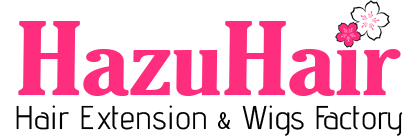Hair knowledge
Wavy vs Curly Hair: What’s the Difference?
Learning about your hair type is the crucial first step in styling and caring for your locks. While many may think that waves and curls are the same, distinct characteristics set these two textures apart. If you’re curious about what differentiates them, just keep reading! In this article, we’ll explore the differences between curly and wavy hair and provide you with everything you need to know.
What is Wavy Hair?
Wavy hair sits between curly and straight textures, displaying traits of both. It offers more volume than straight hair but has less definition compared to curly hair. Wavy hair can vary widely, being coarse, fine, sparse, dense, or anywhere in between. The defining feature of true wavy hair is its “S” shaped curl pattern, which does not spiral completely but forms gentle waves.
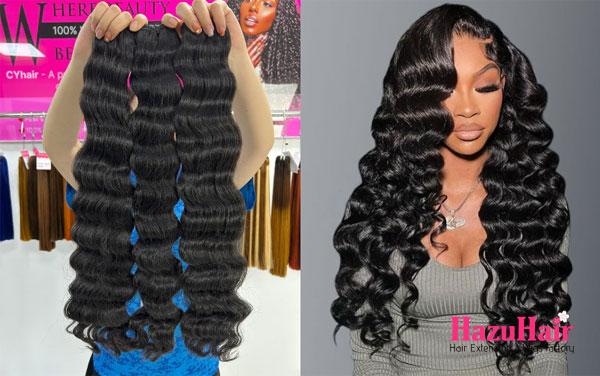
Key Characteristics of Wavy Hair
- Soft, loose waves
- Lightly textured
- Typically thicker than straight hair
- Can be styled to enhance waves or straightened
- Prone to frizz but usually retains moisture effectively
Wavy Hair Types
Similar to curly hair, wavy hair varies in shape and tightness. Here’s a closer look at the different types:
- Type 2A: This hair type features loose, elongated “S” shaped waves and is the straightest among the wavy categories, resulting in less volume.
- Type 2B: The waves in 2b hair are shorter and lack bounce, creating a more beachy appearance with relaxed “S” shaped waves.
- Type 2C: Characterized by the deepest waves, 2c hair resembles curls but maintains a distinct “S” shape that doesn’t form a full circle. It is the coarsest type of wavy hair and is more prone to dryness and breakage.
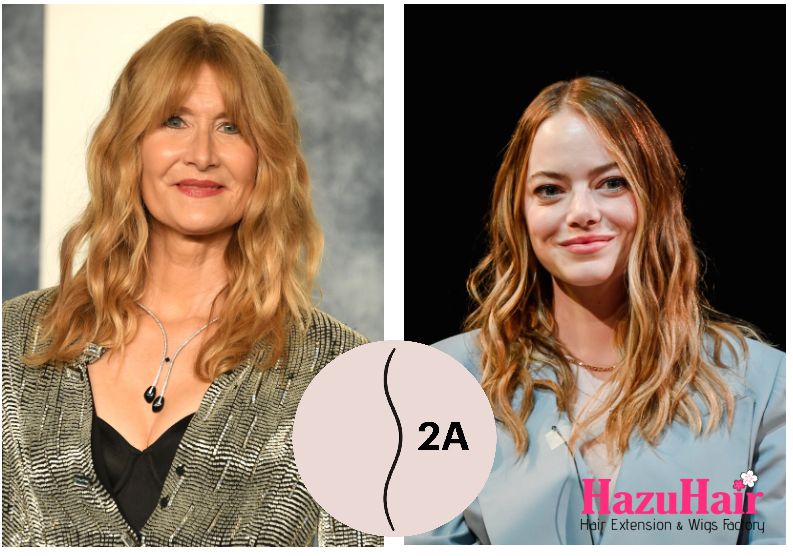
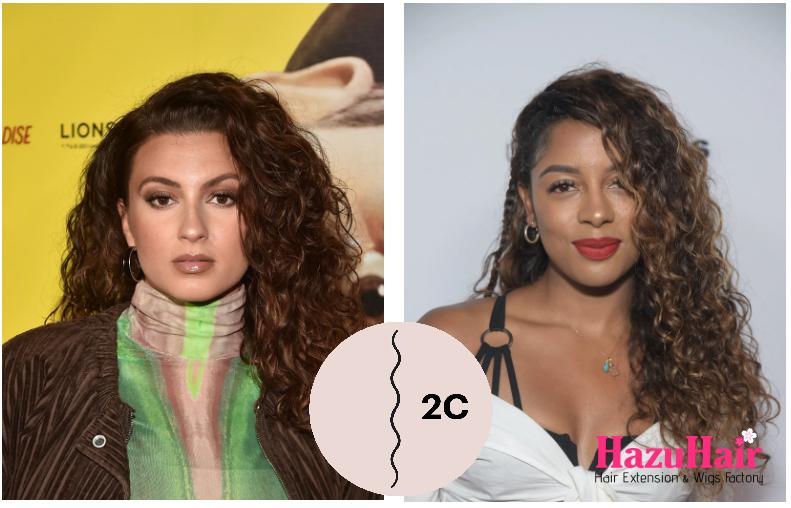
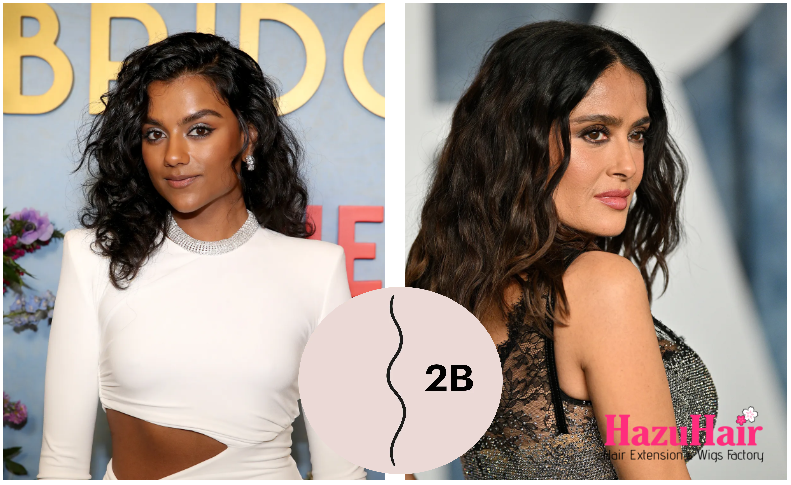
What Is Curly Hair?
Curly hair is often the first texture that comes to mind when people think about textured hair. This hair type features strands that loop around, forming spirals. Curly hair encompasses a range of curl patterns, from tight coils to large, bouncy ringlets.
Due to its spiral structure, curly hair tends to be drier and more delicate compared to other hair types. A distinctive trait of curly hair is that the strands often cling together, creating clusters.
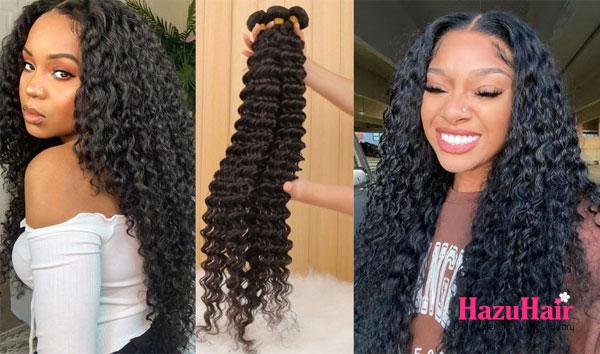
Some key characteristics of curly hair include:
- Defined and springy ringlets
- Varied curl types
- Prone to dryness and frizz
- Requires careful styling and maintenance
- Rich in volume and personality
Curly Hair Types
As mentioned earlier, curly hair encompasses several unique curl patterns, categorized based on shared traits. Here are the six main categories of curly hair:
- Type 3a: This hair type features loose coils, with each curl roughly the size of a piece of sidewalk chalk.
- Type 3b: The curls in 3b hair are smaller and fuller than those in 3a hair, primarily consisting of dense, ringlet-shaped curls, with some loose spirals or corkscrews.
- Type 3c: 3c hair contains tight, corkscrew-shaped curls about the width of a pencil. It is the driest and coarsest of the type 3 textures and has a high density.
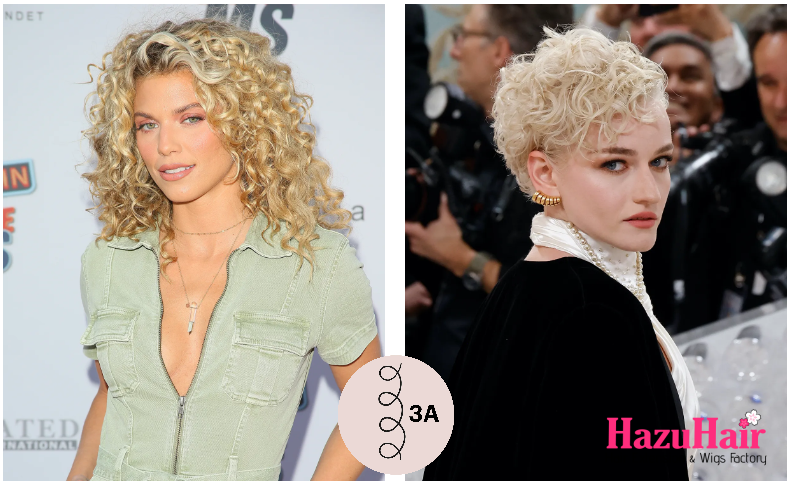
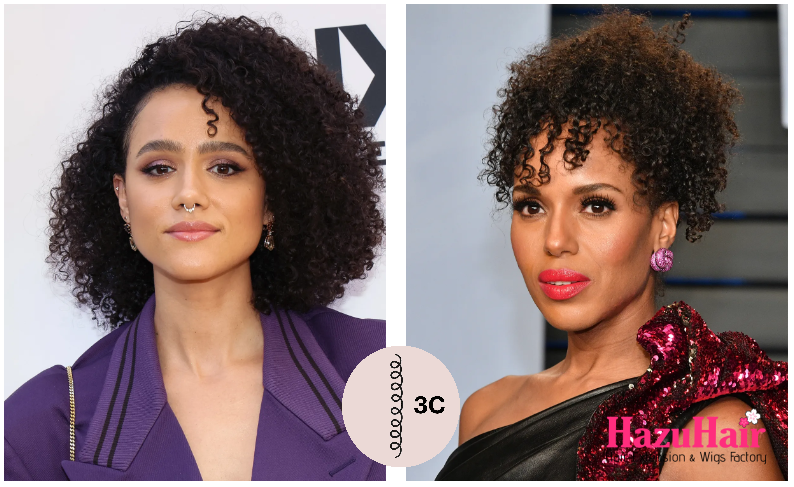
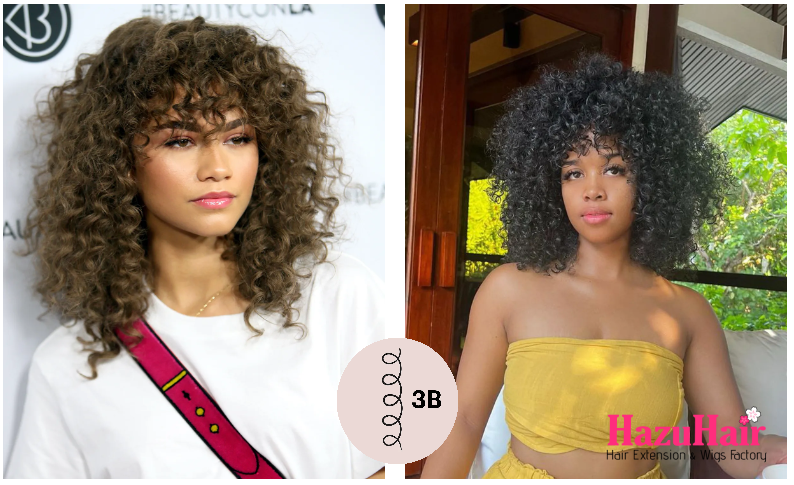
The Difference Between Wavy and Curly Hair
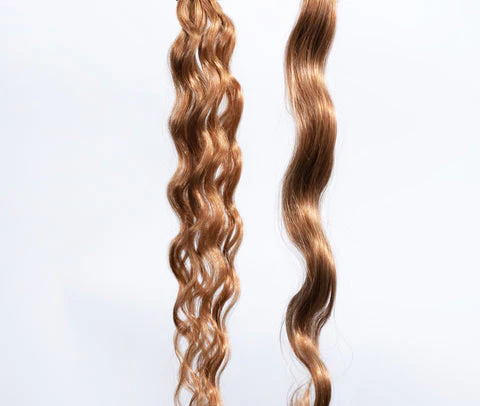
1. Curl Pattern
Curl pattern is a primary factor that differentiates wavy hair from curly hair. Wavy hair typically forms a gentle “S” shape, creating a subtle, tousled texture. In contrast, curly hair can coil into tight corkscrews or exhibit looser, bouncier curls. Understanding your specific curl type is essential for choosing the right products and techniques to enhance your hair’s natural beauty.
2. Hair Texture
Hair texture significantly impacts how your hair feels, looks, and behaves. Curly hair often tends to be drier because the natural oils must navigate the twists and turns of the curls, making it more prone to dryness and in need of additional care. Wavy hair, on the other hand, generally has a smoother texture and retains moisture more effectively.
3. Hair Density & Curl Tightness
Wavy hair usually features looser patterns and softer waves, giving off a relaxed, beachy vibe. Curly hair showcases tighter curls or coils, which can add depth and drama to your overall appearance. Hair density—the number of individual strands on your scalp—also plays a role in the look of both wavy and curly hair; denser hair can appear more voluminous.
Pros and cons of wavy and curly hair
| Aspect | Wavy Hair | Curly Hair |
| Pros | – Easier to retain length | – More volume, fullness, and body than straighter hair |
| – Less prone to dryness than curlier textures | – Less frequent washing needed compared to other hair types | |
| – Can wash hair less often | – Holds styles well, offering versatile styling options | |
| – Highly versatile and simple to style | ||
| Cons | – Prone to oiliness | – Fragile and more likely to suffer from breakage and dryness |
| – Can struggle with frizz and humidity | – Styling can be time-consuming | |
| – More challenging to control and style compared to other hair types | – Susceptible to frizz | |
| – Loses definition quickly | – More likely to develop knots and tangles |
Hair Care Routine for Curly and Wavy Hair
1. Washing and Conditioning
There’s nothing quite like the feeling of freshly washed hair, but it’s crucial to recognize that curly and wavy hair have distinct needs. Wavy hair generally benefits from lighter conditioning to preserve its tousled texture, while curly hair thrives on deep conditioning treatments and hair masks to keep curls hydrated and shiny.
For both hair types, using a microfiber towel to gently dry the hair helps prevent frizz. Selecting the right shampoos, conditioners, and washing techniques will help maintain the natural pattern of your waves or curls.
2. Styling Wavy and Curly Hair
Styling wavy or curly hair is an art form. It’s essential to use a wide-tooth comb to detangle without disrupting the natural pattern. Products like curl mousse or curl cream can help define the shape and enhance your hair’s natural texture.
While heat styling is popular, it should be approached with caution, as it can strip natural oils and leave hair dry. Consider embracing wet styling techniques or using heat protection products to maintain healthy hair.
3. Essential Styling Tools
The right tools can make styling and caring for wavy and curly hair much easier. A wide-tooth comb detangles without disrupting the natural curl pattern, while a microfiber towel helps to dry hair gently, minimizing frizz. A diffuser attachment for your hairdryer allows you to dry your hair without disturbing your natural waves or curls.
4. The Curly Girl Method
The Curly Girl Method offers a transformative approach to caring for curly hair. This method promotes the celebration and nurturing of curly and wavy textures by encouraging the use of gentle, sustainable hair care products free from sulfates and silicones. Whether you have wavy or curly hair, this method can be tailored to support your hair’s unique health and beauty.
Seasonal Hair Care Tips
1. Summer Care for Wavy and Curly Hair
Summer is synonymous with sunshine and warmth, but it can also expose your hair to potential damage from UV rays, chlorine, and saltwater. To safeguard your locks, incorporate UV protection sprays, hydrating shampoos, and regular deep conditioning treatments into your routine. Embrace your natural waves or curls during this season and limit the use of heat styling tools to maintain their health.
2. Winter Protection and Moisturizing
The winter months can be particularly tough on your hair, leading to dryness and breakage. To combat this, focus on using moisturizing products, applying regular hair masks, and considering a humidifier for your home to help maintain moisture levels. Additionally, keeping your hair trimmed and healthy can prevent split ends and further damage.
3. Transitioning Between Seasons
Each season brings its own set of challenges, so adjusting your hair care routine is essential when transitioning between them. As the seasons shift, take time to reassess your hair’s specific needs and adapt your products and practices accordingly to ensure it remains healthy and vibrant year-round.
While wavy and curly hair share several similarities, they are fundamentally different hair types that require unique care. Once you determine whether your hair is curly or wavy, it’s essential to select products and hair care routines that cater specifically to your texture. This tailored approach will help ensure your hair receives the care it needs to flourish. We hope this article has helped clarify the distinctions between curly and wavy hair and addressed any questions you may have had!
If you’re looking to purchase any type of wigs or hair extensions, look no further than Hazuhair! We offer an extensive selection of styles to suit every preference, including straight, wavy, curly, and kinky textures.
Whether you’re aiming for a sleek, polished look or playful, voluminous curls, we have something for everyone. Our products come in a variety of stunning colors, ranging from classic shades like black and blonde to vibrant hues like red and unique mixed colors that allow you to express your individuality.
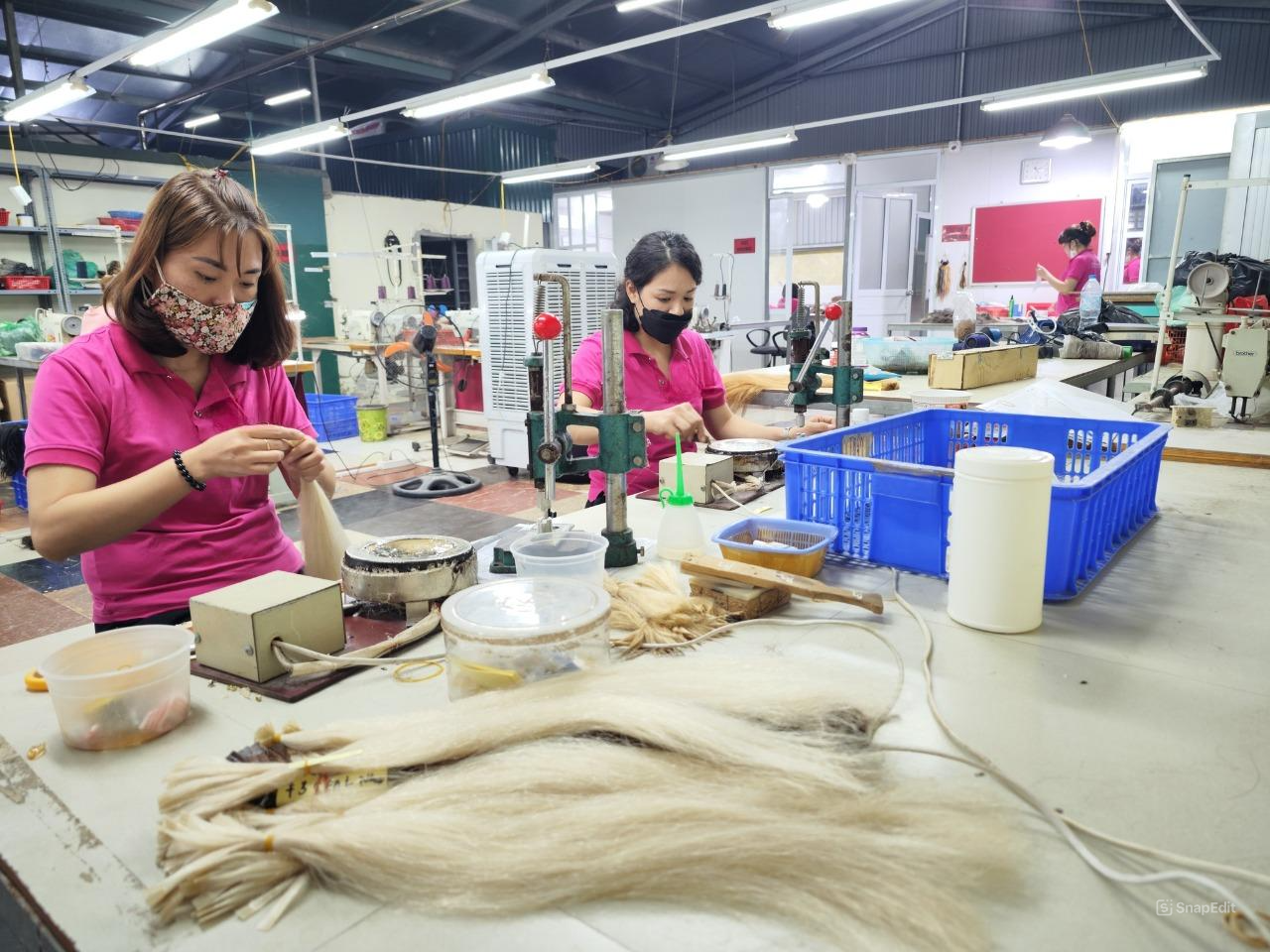
At Hazuhair, we understand that hair is not just an accessory; it’s an essential part of your identity and self-expression. That’s why we prioritize quality, ensuring that all our hair extensions and wigs are made from the finest materials for a natural look and feel.
Plus, our dedicated team is here to assist you in finding the perfect match for your style and needs. Don’t hesitate to reach out to us for any inquiries or to explore our fabulous range of products.
Contact HazuHair – Raw Vietnamese Hair Supplier
- Hair Factory: Tan Son 2 Village, Tan Dinh, Lang Giang, Bac Giang Province, Vietnam
- Hotline: +849 4949 3883
- Whatsapp Mrs ThanhLam: https://wa.me/84949493883
- Website: https://hazuhair.com
